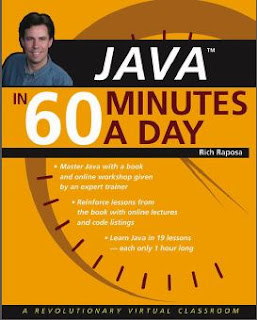Username Regular Expression Pattern
Description
Whole
combination is means, 3 to 15 characters with any lower case character,
digit or special symbol “_-” only. This is common username pattern
that’s widely use in different websites.
2. mkyong_2002
3. mkyong-2002
4. mk3-4_yong
2. mk@yong (“@” character is not allow)
3. mkyong123456789_- (too long, max characters of 15)
^[a-z0-9_-]{3,15}$
^ # Start of the line [a-z0-9_-] # Match characters and symbols in the list, a-z, 0-9, underscore, hyphen {3,15} # Length at least 3 characters and maximum length of 15 $ # End of the line
1. Java Regular Expression Example
UsernameValidator.java
package com.mkyong.regex; import java.util.regex.Matcher; import java.util.regex.Pattern; public class UsernameValidator{ private Pattern pattern; private Matcher matcher; private static final String USERNAME_PATTERN = "^[a-z0-9_-]{3,15}$"; public UsernameValidator(){ pattern = Pattern.compile(USERNAME_PATTERN); } /** * Validate username with regular expression * @param username username for validation * @return true valid username, false invalid username */ public boolean validate(final String username){ matcher = pattern.matcher(username); return matcher.matches(); } }
2. Username that match:
1. mkyong342. mkyong_2002
3. mkyong-2002
4. mk3-4_yong
3. Username that doesn’t match:
1. mk (too short, min 3 characters)2. mk@yong (“@” character is not allow)
3. mkyong123456789_- (too long, max characters of 15)
4. Unit Test – UsernameValidator
Using testNG to perform unit test.
UsernameValidatorTest.java
package com.mkyong.regex; import org.testng.Assert; import org.testng.annotations.*; /** * Username validator Testing * @author mkyong * */ public class UsernameValidatorTest { private UsernameValidator usernameValidator; @BeforeClass public void initData(){ usernameValidator = new UsernameValidator(); } @DataProvider public Object[][] ValidUsernameProvider() { return new Object[][]{ {new String[] { "mkyong34", "mkyong_2002","mkyong-2002" ,"mk3-4_yong" }} }; } @DataProvider public Object[][] InvalidUsernameProvider() { return new Object[][]{ {new String[] { "mk","mk@yong","mkyong123456789_-" }} }; } @Test(dataProvider = "ValidUsernameProvider") public void ValidUsernameTest(String[] Username) { for(String temp : Username){ boolean valid = usernameValidator.validate(temp); System.out.println("Username is valid : " + temp + " , " + valid); Assert.assertEquals(true, valid); } } @Test(dataProvider = "InvalidUsernameProvider", dependsOnMethods="ValidUsernameTest") public void InValidUsernameTest(String[] Username) { for(String temp : Username){ boolean valid = usernameValidator.validate(temp); System.out.println("username is valid : " + temp + " , " + valid); Assert.assertEquals(false, valid); } } }
5. Unit Test – Result
Username is valid : mkyong34 , true Username is valid : mkyong_2002 , true Username is valid : mkyong-2002 , true Username is valid : mk3-4_yong , true username is valid : mk , false username is valid : mk@yong , false username is valid : mkyong123456789_- , false PASSED: ValidUsernameTest([Ljava.lang.String;@1d4c61c) PASSED: InValidUsernameTest([Ljava.lang.String;@116471f) =============================================== com.mkyong.regex.UsernameValidatorTest Tests run: 2, Failures: 0, Skips: 0 =============================================== =============================================== mkyong Total tests run: 2, Failures: 0, Skips: 0 ===============================================
















